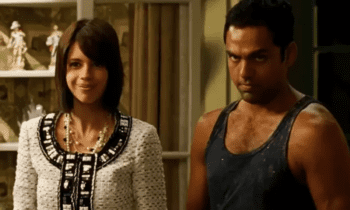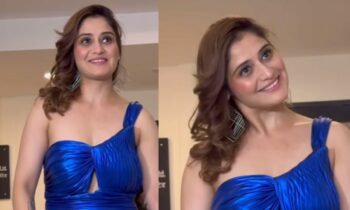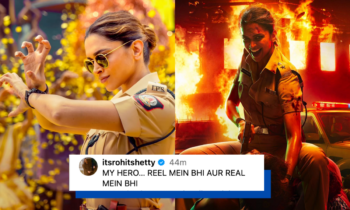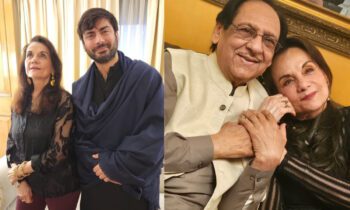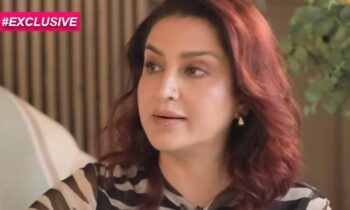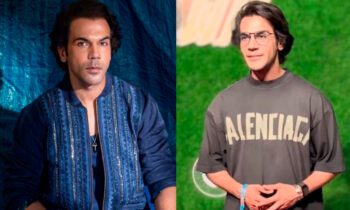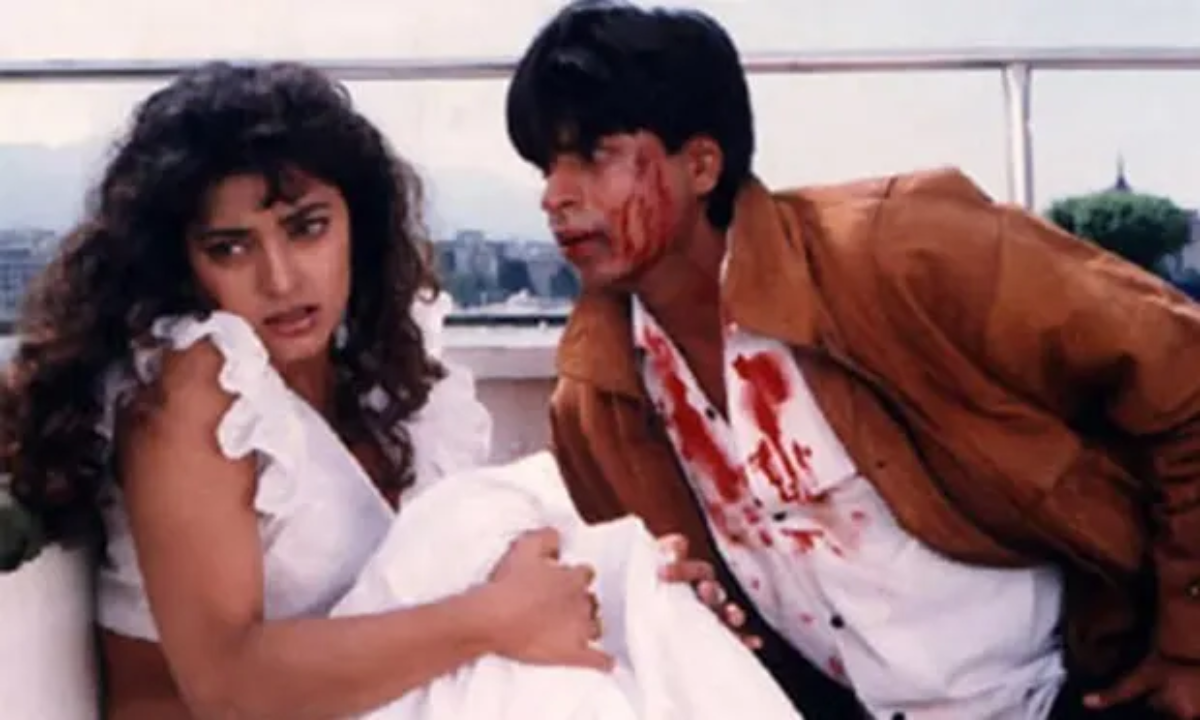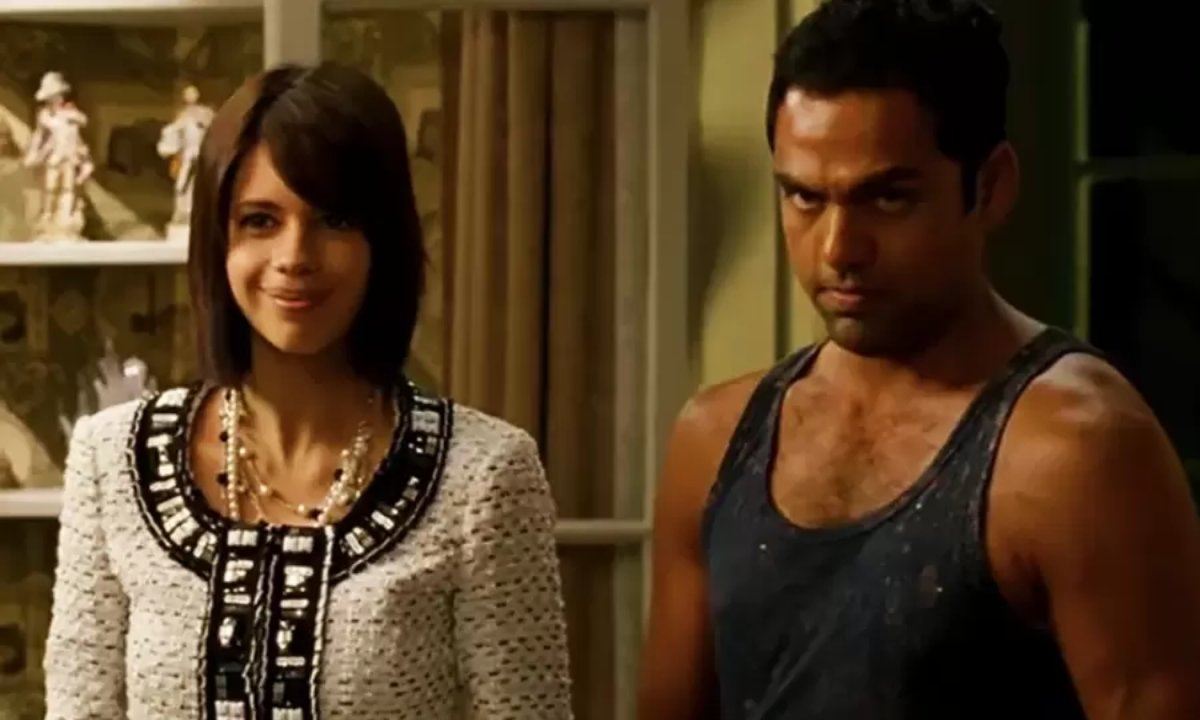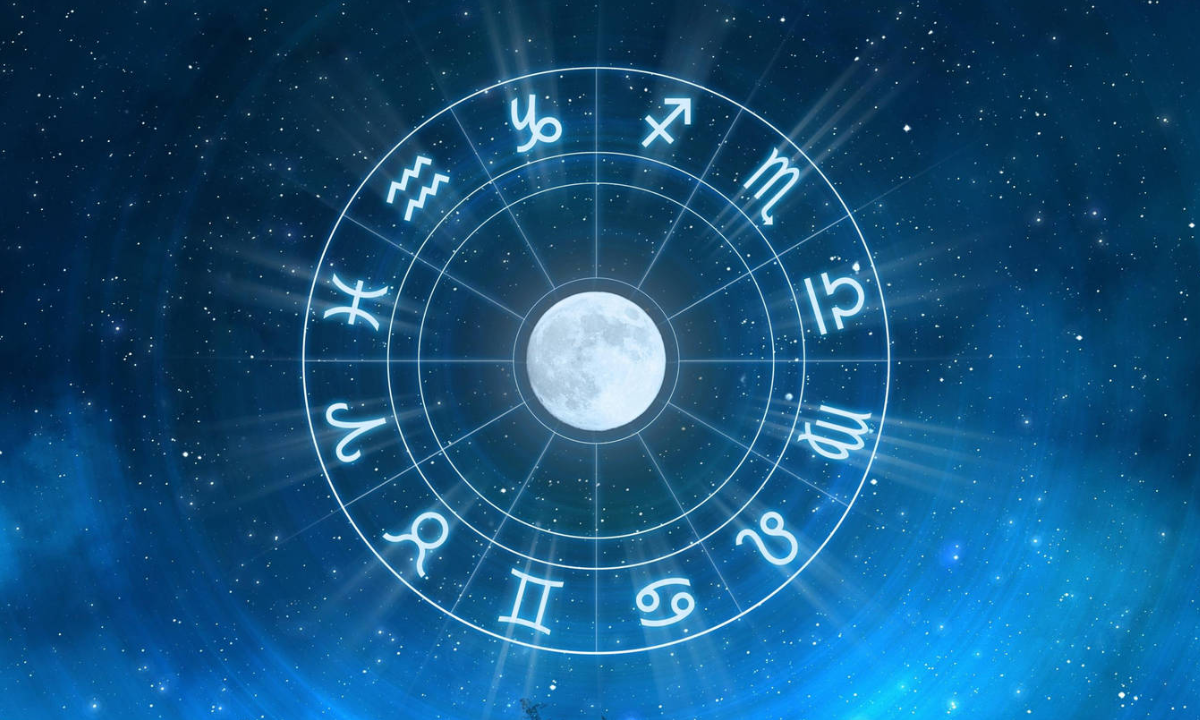Evolution Of NRI Film Fashion: From ‘Bend It Like Beckham’ To ‘Wedding Season’
What's your take?
Indian fashion as we see it on the big screen is often less discussed than the grand influence western styles. Through the evolution of cinema as well, we often forget to cherish the legacy that luminaries from this category have left for us. Often known as a country catering to the residues of the British Raj through western forms of dressing, the history of fashion scripted in India is lesser loved. And as we continue to dig deeper into what our ancestors have left for us in that big trunk of treasures, many outside of the country remain aloof from what actually defines fashion in India. Here, let me introduce you to the discourse around “tacky NRI fashion,” which is often discussed on the internet, thanks to the popular Instagram handle–Diet Sabya.
View this post on Instagram
The evolution of fashion as seen through the lens of Indians staying abroad is a version of India that probably has not aged well. With limited access to trends brewing in their home country, wardrobes of NRIs are often mocked for sporting shades, embroideries and fabrics, that someone back in India would swear never to wear. A similar idea of India’s culture in terms of style is either mastered or mistaken on the big screen. Propagating the idea of cultural appropriation are fresh examples like the newly renewed version of The Sex And The City, which described a gorgeous Falguni Shane Peacock lehenga as a saree. While research is what makes it to the weakest points of the show, what frustrates Indian viewers is how the show can influence a million followers across the world, who now would know the lehenga as a saree.
View this post on Instagram
While cultural appreciation is when authenticity is inherently welcomed by filmmakers rooted in India when painting a picture of the country on celluloid. Be it Mira Nair’s idea of storytelling or Gurinder Chadha, films by NRIs depicting the life of an NRI have often got the recipe right.
In our kitty of favourites, leads Gurinder Chadha’s 2002 film–Bend It Like Beckham. In terms of bending rules, and carving trends, the film gathered much love for its script and style. For the ten-year-old version of me sitting right in front of the Disney channel, engrossed in the film, athleisure and sneakers were still alien terms, but both Jules and blue-eyed coach Joe, made their long screen time an added bonus for me. Besides curating the world of an Indian household resting in the posh gullies of London’s West End, what makes the film a cultural reset is not the narrative alone, but how both filmmaker Chadha and costume designer Ralph Holes scored a goal through the fashion of the film. Through it, the idea of sporty chic stemmed and grew further to be known as a gender-neutral form of clothing.
View this post on Instagram
As Jess stepped out of her soccer field to go back to her traditional Silk household, she manages to exchange her striped shorts for a saree. Masterfully banishing stereotypes that provide the society to choose colours for brown girls, Jess, a dark-skinned protagonist, dressed in her iconic pink silk saree spoke volumes. In the early 2000s, the idea of gold loaded over an Indian bride was depicted on her sister–Pinky, who also sports the then trend-setting bridal bindi, bordering the dulhan’s eyebrows. Loose-fitted kurtas in mesmerising lilac were seen on Jess when staying within the four walls of her Sikh society. From her Indian mother-mouthing lines like–”No-one will marry you if your roti isn’t round,” to the abundance of colours as sported by a typical Punjabi society, authenticity made the film a cult-favourite amongst fans.
View this post on Instagram
Contrary to this appreciation of Indian culture was the depiction of the ever-popular Harry Potter And The Goblet Of Fire, which experimented with representation. Twin sisters Parvati and Padma Patil were welcomed into Harry’s magical world through the Yule Ball. A missed opportunity by French-Dutch costume designer–Jany Temime. Ruining the excitement of every Indian kid, growing up with Harry, and finding representation through these twins, the film received backlash for cultural appropriation. Instead of picking a fluffed-up gown for the sisters, costume designer Temime’s choice of a lehenga, that too a tacky one was what disappointed many. For potterheads back in India, the chance of feeling worthy in the west was soon lost, although they scored great dates for the ball.
The idea of forcefully fitting an orange-pink lehenga in a scene where it sure isn’t relevant was not only unfair to the characters but on a side note was an ugly silhouette. Besides that, Temime chose to place the dupatta across the choli, by setting a knot, making them look more like an Indian dance teacher if not anything else.
View this post on Instagram
As movies with India resting in its core gathered attention in the west, the evolution of fashion found an accurate shift. In 2007, Mira Nair gifted us with the tragedy of changing cultures and countries with The Namesake. As someone who has read both the book and watched the film, Ashima’s tant sarees still enveloped the essence of her Bengali roots, even in New York. From the traditional shakha pola to pallus rounded up as collars beneath a winter overcoat, costume designer Arjun Bhasin put Jhumpa Lahiri’s words into visuals.
View this post on Instagram
The stark contrast between Indian-born Ashoke, and his now New Yorker son–Gogol was visible through the ways they choose to dress. Authenticity is wisely channelled through an abundance of leather jackets, and a more sleek haircut in Gogol’s wardrobe, as compared to his still more culturally dressed parents Ashima and Ashoke, who continued to age in the western city in muted sarees, and vintage polo t-shirts. NRI fashion here talks about the still-rooted traditional values of characters who tackle the troubles of building a home and their identities in a new country.
View this post on Instagram
View this post on Instagram
View this post on Instagram
Previously, Nair described her ways of dressing an Indian household through her lens as NRI. In the 2001 film Monsoon Wedding, Nair again collaborates with costume designer Arjun Bhasin to host the big fat Indian wedding on the big screen. Here, colours attract the 20-year-old me, who is introduced to the world of Mira Nair, in a close to three-hour-long film class. Marinated with romance, and arranged marriages, the NRI lens is portrayed through the lens of Aditi’s suitable match Hemant. Much like an upper class Punjabi family in New Delhi, the dressing was pitch perfect.
View this post on Instagram
From the elaborate cast, which has all of my favourites right from Shefali Shah to Vijay Raaz, every character tells a tale. Costume designer Bhasin here pays a glorious tribute to the departed 90s and welcomes the 2000s through a mix of Y2K blow-dried hair, bouffants, and beehive buns. Through generational, and cultural differences, the wardrobes abundantly speak in the language of colours, and a more modernised fashion was inherited by growing India in the 2000s. Bride Aditi who is set to tie the knot with NRI Hemant, sports a traditional dabka and tilla work on her red veil with heirloom jewellery.
View this post on Instagram
Through multiple premieres in both Paris and New York, the film delivered a slice of India and its realities. From bandhani dupattas styled with chokers to noodle-strap blouses, Indian culture meets a more globalised version of itself for a wider audience.
The same year, Canadian romantic comedy film Bollywood Hollywood by Deep Mehta saw a gamut of traditional Indian silhouettes in Toronto. Starring Rahul Khanna and Lisa Ray, Mehta appoints designers Ritu Kumar, and Anne Dixon to design wardrobes for every character through a mix of electric colours, muted lehengas, and velvet blouses sported by even Canadian characters. Storytelling is a loaned expression from India, which is depicted through romance, dance performances and melodrama.
View this post on Instagram
As Indian fashion seems to find a grip on western land, representation from the early 2000s strengthens and paints the realities of the culture on a billboard for other nations. As observed through the lens of Indian-American filmmakers who walk that extra mile to research well, and stay in tune with what’s in for the nation today. NRI fashion as portrayed by filmmakers closer to home like Nikkhil Advani churned out trends. His film–Patiala House not only puts the tragedies of Sikh immigrants on display but accurately depicts the lives of NRIs settled in Southall London. To dress the cast, Advani appoints designer–Jaimal Odedra to master the task of dressing Indians settled in a foreign land. Through salwar suits for the bride, and exquisite lehengas for protagonist Anushka Sharma, who occasionally wears them as a product of her Indian roots, costume designer Odedra curated trends for every kind of dresser. I still remember obsessing over Anushka’s maroon and blue lehenga from the song “Launga Da Lashkara,” ever since I first saw it on the big screen.
This evolution of fashion described through the closets of NRIs seemed to be detached for a while for today’s generation. As shows like And Just Like That, and the first season of Mindy Kaling’s Never Have I Ever arrived on our screens, we observed a lack in research, and of course, a sudden shift in authenticity, which films from the early 2000s managed iconically.
A more westernised approach to NRIs and Indian fashion was visible in snippets through these shows, until the big debate around NRI fashion took flight on the internet. Learning a lesson or two from the discourse were new instalments of Never Have I Ever and shows like Bridgeton that not only promised to provide a spotlight for South Asian talent but also paid homage to the roots they come for.
View this post on Instagram
View this post on Instagram
This new change in mainstream American filmmaking was fashioned through a burst of designers from India, who were given a stage to dress famous characters. Like Devi’s mother, Nalini explored a bunch of Indian-met-modern silhouettes by Indian designer Payal Khandwala in the latest instalment of the show. And even with Netflix’s Bridgeton taking old-school jewellery from South India, and making a trend out of it.
View this post on Instagram
Also Read: The Curious Case Of Carrie Bradshaw’s Saree In ‘And Just Like That’. Or Shall We Say, Sorry Not Saree
This change in how seriously costumes are taken today was witnessed in Netflix’s 2022 film Wedding Season by the filmmaker–Tom Dey. The grandeur of Indian weddings was visualised by Toronto-based designer Courtney Mitchell, who gulped pages of India’s traditional fashion to dress the protagonists, and an inclusive cast. Mitchell bookmarked the love for colours amongst NRIs and depicted the same through acidic hues in ethnic wear. The film again hosted a celebration of rani pink, India’s current favourite shade through Pallavi Sharda’s character Asha. For the rishtedars, Mitchell chose to pick a gamut of silk sarees, teamed with vintage cat-eye sunglasses that hinted their desperation to fit in the foreign country. I remember Mitchell describing the importance of authenticity as a white designer in a conversation with Netflix Tudum.
View this post on Instagram
Also Read: Priyanka Chopra Makes Some Valid Points On Diet Sabya’s Debate Around Tacky NRI Fashion
And while I think this discourse around representation is important, it is here to stay. But thankfully with South Asians finding their way into mainstream American cinema, we can hope for authenticity to only find its nerve with upcoming projects.
Image credits: Instagram





